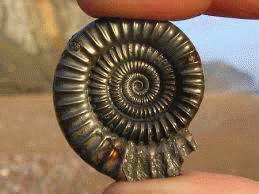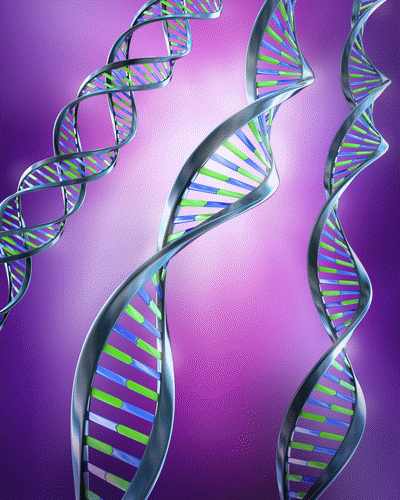 The best evidence about the origin of life and evolution of living organisms comes from the fossil record.
The best evidence about the origin of life and evolution of living organisms comes from the fossil record.
In spite of many evidences, studies and theories, we are still not aware of how the evolution actually occurs.
Fossil record: The best evidence about the origin of life and evolution of living organisms comes from the fossil record. Remains of animals and plants found in sedimentary rock deposits give us an indisputable record of past changes through vast periods of time. This evidence attests to the fact that there has been a tremendous variety of living things.
Comparative Anatomy: Living things on earth are fundamentally similar in the way that their basic anatomical structures develop and in their chemical compositions. No matter whether they are simple single–celled protozoa or highly complex organisms with billions of cells, they all begin as single cells that reproduce themselves by similar division processes. After a limited life span, they all grow old and die. The study of different structures contributes to scientists' understanding of the evolution of anatomical structures and of evolutionary relationships.
Molecular Biology and evolution: Billions of years of evolution has formed the diversity of life on Earth, all based on DNA. Molecular Biology is the basic science that seeks an understanding of life processes in terms of the properties and functions of molecules that make up living cells. The scope of questions addressed in Molecular Biology ranges from evolution to development to the regulation of gene expression.
 The most compelling evidence for evolution comes from the study of genes.
The most compelling evidence for evolution comes from the study of genes.
Molecular Biology and evolution: Billions of years of evolution has formed the diversity of life on Earth, all based on DNA. Molecular Biology is the basic science that seeks an understanding of life processes in terms of the properties and functions of molecules that make up living cells. The scope of questions addressed in Molecular Biology ranges from evolution to development to the regulation of gene expression.
Biogeography describes the distribution of life forms over geographical areas, both in past and present times. Biogeographical distribution supports the theory of evolution as it is found that closely related species are usually found in close physical proximity to one another, and that fossils from these regions resemble modern organisms. This suggests that these species share a common lineage.